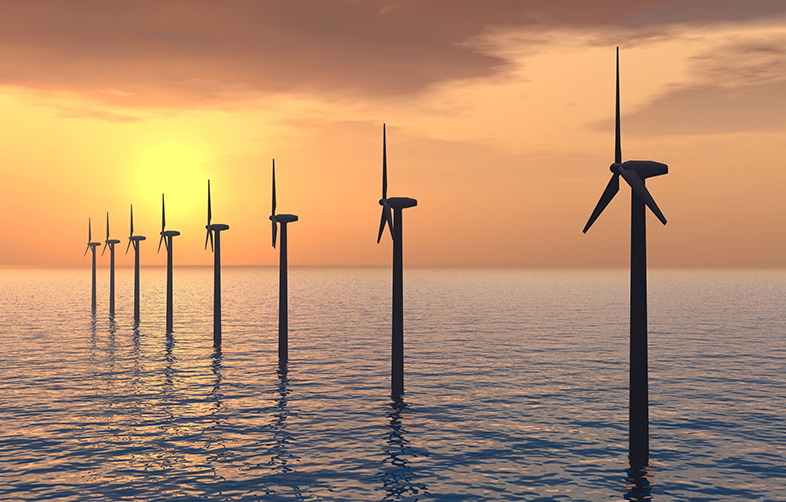9 Summary and conclusions
This week you looked at the conditions under which the various renewable energy sources can continue to make increasingly significant contributions to the energy needs of the UK. We also looked briefly at the problem of meeting energy demand from variable renewable supplies, and at some possible solutions.
We then described scenarios in which renewables in future could meet a major fraction of the energy needs of Denmark and Germany, countries with very ambitious targets for renewable energy’s contribution in coming decades. We then looked briefly at the potential for renewables to supply the electricity needs of Europe as a whole.
Finally we looked at studies suggesting that renewables could supply all, or nearly all, of the world’s energy, or its electricity, perhaps as early as 2030 – if their rapid deployment were given sufficient political and economic priority.
The technical, social and political challenges involved in phasing-out fossil and nuclear fuels and replacing them largely, or entirely, with renewables are formidable. But there is little doubt that world population, and the world economy, will continue to grow very substantially during the 21st century. An accompanying rise in global primary energy use seems extremely difficult (even if not technically impossible) to avoid. And if a substantial share of this additional energy is not to be supplied by renewables, it will have to come from fossil or nuclear fuels, with all the familiar environmental, social and resource depletion concerns that the use of these sources entails.
The extent to which renewables can increase their share of world-wide energy supplies will depend on many factors including:
- the extent to which investment in research and development and large-scale production can bring about efficiency improvements and cost reductions
- the outcome of debates about the environmental and social costs of conventional sources and the extent to which these costs are reflected in energy prices
- the future patterns of world economic and population growth, and their effect on the level of demand for various forms of energy
- the impact of these considerations on the priorities of governments
- the environmental and social acceptability of renewables to the public.
It seems difficult to avoid the overall conclusion that renewables are likely to play a greatly increased role in future energy supplies. As we have seen, the relatively conservative International Energy Agency suggests that renewables by 2050 could be supplying some 40% of world primary energy, and between 48% and 75% of world electricity demand. And if history should prove the more optimistic projections of Jacobson and Delucci, WWF and Greenpeace to be correct, by mid-century renewables could be supplying virtually all of the world’s energy, or nearly all of its electricity needs, as countries progress towards a more sustainable world economy.
